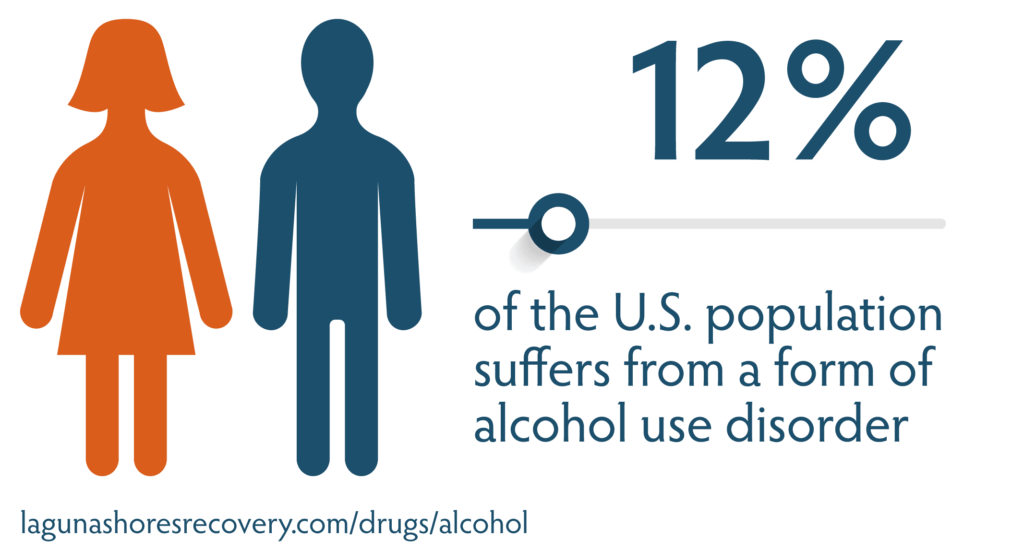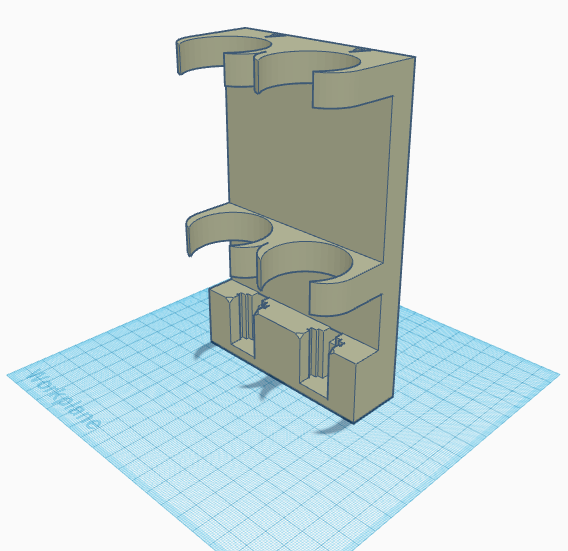Alcohol Use Disorder

Alcohol consumption is accepted in our society and its use is widespread all around the world. However, harmful use of alcohol has adverse consequences in both health and social aspects. It has been demonstrated that only a part from all the individuals that consume alcohol will develop an abusive behavior, and the causes that may be leading this transition are not fully discern.
Among those, there are genetic, environmental and psychological factors that can contribute to the development of an Alcohol Use Disorder (AUD). This enormous variability gives rise to a range of different phenotypes, which makes it difficult to develop highly effective treatments. Actually, the existing pharmacological treatments have a low efficacy and frequently fail in preventing relapse. For that reason, one of the main goals of alcohol research is identifying alcohol mechanism of action with the objective of finding new therapeutic targets for AUD.
The Mesocorticolimbic System
Drugs of abuse, including alcohol, exert their action on the mesocorticolimbic system (MCLS), the brain pathway that processes natural rewards, such as food or sex. Unlike natural rewards, drugs of abuse hijack and overstimulate the MCLS, ultimately leading to alterations in its normal functioning. Like other substance use disorders, AUD is composed by different phases (prolonged use, abstinence and relapse) characterized by neuroplastic changes in the MCLS induced by the repeated alcohol intake. Several brain regions are affected in this cycle, including those involved in reward processing, decision making and habit formation. However, the specific alterations that occur among the phases of alcohol addiction cycle are still not fully discern.
Animal and human studies have shown that pain can also alter the MCLS and consequently have a negative impact in the motivational and reward processing. Therefore, these pain induced alterations may also increase the vulnerability to drug abuse. In the case of alcohol, clinical data have already highlighted a correlation between pain occurrence and AUDs. Thus, it is necessary to deeply study the concrete neural mechanism and brain regions that could be contributing to this interaction.
Current Projects

One of our aims in this project is to study the molecular and neuronal adaptations of the MCLS and related brain circuits that modulate the different stages of AUDs. For that, we use a two bottle choice paradigm in rodents in which animals have access to water and 20% alcohol in their home cages. By using an innovative automatic device, we are able to fully monitor voluntary alcohol intake throughout the stages of the addiction cycle and correlate it with specific brain adaptations. This model, combined with in-vivo photometry and optogenetic and chemogenetic manipulations, will allow us to better understand the adapting brain mechanisms that occur in the development of AUDs.
We also combine our alcohol paradigm with a pain model to evaluate its contribution to the development of AUD. This will allow us to explore the concrete role of pain as a risk factor for the different phases of alcohol addiction and the contributing brain circuits.
Moreover, for this project we use both male and female rodents with the objective of exploring the sex variable. Human and animal studies have highlighted the existence of biological sex differences in addictive behaviors and therefore the neuronal adaptations that occur in AUDs and/or the impact of pain may differ between males and females.
Written by Yolanda Campos.